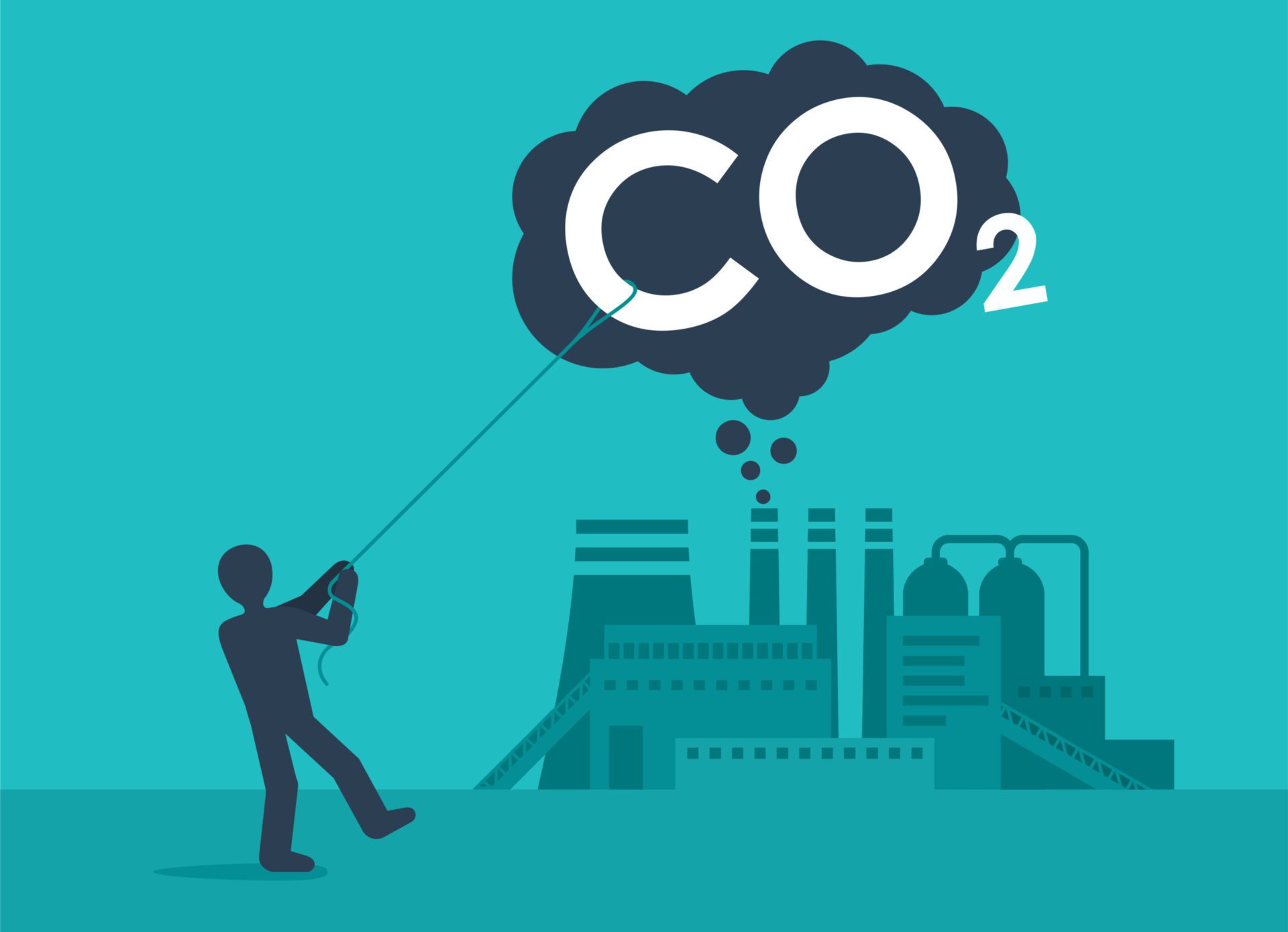From digital agriculture to new food technology, innovation in agriculture has become more important than ever—however, the industry is wondering when we’ll see the next big exit. If you happened to attend the World Agri-Tech Innovation Summit earlier this month, you recognize as much as I do the amount of energy that’s going into realizing the potential commercial gain in agriculture. To me, there are two main things we can expect to majorly impact the landscape (no pun intended) moving forward:
1. Growers will soon be a major asset in the carbon capture market, and
2. With big mergers and massive IPOs in the midst, startups and investors need to think about longer term exit strategies.
Let’s dive into each of these a bit more.
Growers Play a Big Role in the Carbon Capture Market
Sure, there are big advances needed in sensor development and monitoring capabilities, but this is an amazing opportunity for innovators to work with farmers. Benefits to farmers range from better soil health to improved yields, and additional revenue streams as part of a new green business opportunity.
Global carbon markets grew approximately 20% in 2020, the fourth year in a row of record increases. As demand shows little sign of slowing, investments in carbon capture and exchange platforms are attracting startups and larger players. The land growers cultivate for our food is a key asset in this system; provided the value chain is supported by reliable data at an attractive cost.

We saw and heard a number of conversations on the cost for credits during the World Agri-Tech conference. Field data, required to validate platform models that drive the trading market, is expensive to gather and time consuming to monitor. There will be a lot of innovation and technology targeted at getting reliable data from fields. Growers, as owners of the data, stand to benefit from this in two ways: creating another revenue stream for their businesses, and better producing land. New monitoring technologies will provide insights previously unattainable through current monitoring networks.
Over the next five years, we will continue to see investment in all areas of the carbon market. Syngenta recently pledged $2 billion in technology innovation towards helping farmers deal with climate change, including carbon mitigation. Microsoft has created the $1 billion Climate Innovation Fund to support companies creating carbon-removal technology. These are just a few of the many sources of funding that will help drive the creation of technology that will help us move in a more sustainable direction.
Agri-Tech Exits—When Will We See the next Big One?
I’ve got to say, after seeing that Farmer’s Edge’s IPO raised north of $100 million and AppHarvest raised $475 million by going public via a SPAC merger, we won’t see another massively valued agri-tech company like Plenty in the near future. Startups and investors need to think about longer term exit strategies.
There is $17 billion in venture capital money invested combined in food and agri-tech startups today and the big agri-tech exits, like we saw with Blue River Technologies and Granular, have slowed significantly in the last 5 years. What’s driving this and when will we see the next one?
Part of the slowing is due to the investments made from the large agri-techs in the early 2010s. Investments in technology haven’t led to significant business growth or value creation, and as such, the larger players are slowing down and re-evaluating their strategies for investment. Are product focused acquisitions more or less attractive than service-based startups? Looking at the unicorns we’ve seen in the consumer space that may be correct. Maturity of these difficult technologies and the time it has taken to scale has certainly driven some of these shifts.
The market drives this as well. Short term shareholder gains at the expense of longer term strategic growth is an unfortunate reality. Olga Polunina, from JP Morgan, summed this up well: “It’s really hard to pay multiples for performance far in the future as you are graded on your performance and EBITA the next year.”
The popularity of special purpose acquisition companies (SPACs) is a real potential for some companies looking for an exit. One key difference is SPACs are looking for larger investments, in the $300 – $400 million range, which translate into more well established startups that are generating revenue and have proven out their business model and are ready to go public.

Whatever the exit path, be it an investment from a large ag company, IPO or SPAC, founders in agri-tech and food tech should be focused on building a sustainable business with a path to profitability. Focusing too much on the technology or product isn’t going to result in a big exit in the near future—proven models that work will be much more attractive to buyers.
Innovation Attracts Investment
I’m looking forward to following what happens in both of these areas. Feeding the world, especially as it relates to the push that has been brought in the last few decades, will happen if we creatively focus on innovation that mitigates climate change. Innovation attracts investment, and hard work creates more opportunities which will attract more interest from the problem solvers of the world. What an exciting time to be involved in this industry!
If you’re interested in reading more about carbon sequestration, check out the white paper my colleague, Simon Jordan, has written. The paper focuses on outcome-based farming, possible ways to measure carbon in soil, and provides a view on how the many data points required to validate measurements can be modeled through the use of a digital twin approach. Get the whitepaper here.
